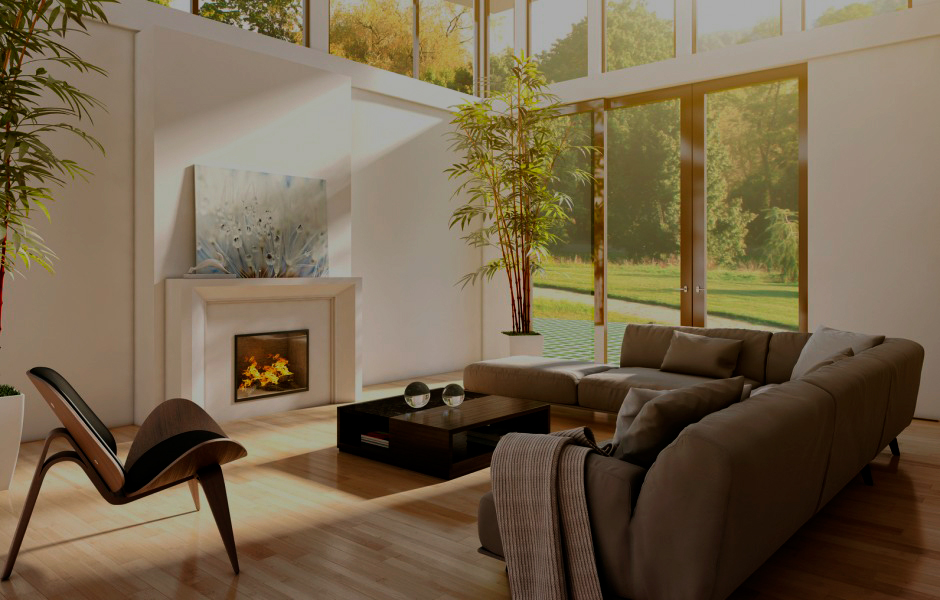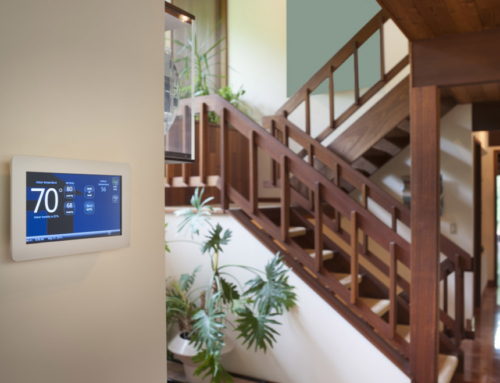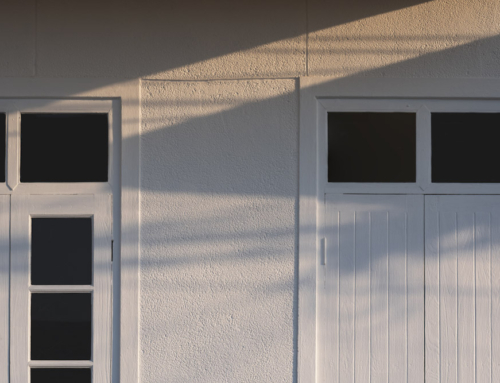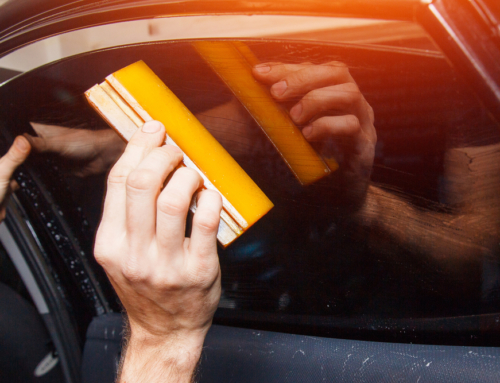There are numerous reasons to spring for some window-tinting film. Not only do the windows give you privacy from your neighbors and look aesthetically pleasing, but they also dramatically reduce the temperature in your home or car from windows that face the sun. An excess of heat causes a drain on money and energy to cool the house (especially during the summer months when the sun is most brutal), and unregulated temperatures can even go so far as to kill plants, endanger children and pets, encourage pest infestation, and warp or damage the actual façade of the interior.
It seems like there is no end to the practical applications of reducing the temperature let in by big and small windows alike, but there is another, all-encompassing reason that home and car window tinting has skyrocketed in Utah: it’s simply more comfortable for everyone inside. How then does window tinting work to accomplish all of this? Understanding the science of shade will help to answer this question.
The Quality of Darkness
The concept of shade is nothing new; an object that blocks a light source creates a shadow on its reverse side, dimming or completely obscuring the effect of that light for everything on the far end of the object. The amount of light those on the opposite side of the object get depends on two factors:
- The translucence of the object
- The quality of light
If the light from the source comes out in a beam, then any object that exceeds the circumference of the beam will block the entirety of the light on its far side. However, if the light diffuses from the source (meaning that it doesn’t come down in a single shaft, but rather radiates the light over a wide area) then blocking it on one side will serve only to cast shade and dim the light, instead of creating true blackout conditions. Examples of the two concepts are like placing a book in front of a flashlight, and the moon before the sun.
Life is Cool Under the Canopy
Since window tinting is meant to block the diffused light of the sun, but remain completely semitransparent for you to see through, the effect is perfect for providing relief from direct rays while still remaining functional. Yes, the light is managed, but what about the temperature? Here the example of the solar eclipse helps us once more. For anyone who has experienced a solar eclipse﹘where, the moon moves between the sun and the earth﹘the effect can literally be quite chilling.
Those under the shadow of the moon (also known as the umbra) will feel a significant decrease in temperature, and may even reach for a jacket. Temperature drops within the umbra of a total eclipse have been measured at as much as 20°. Window tinting works much the same way, blocking the thermal rays of the sun to reduce the temperature of the house or car. As light is emitted from a source, heat is produced in thermal wavelengths once they hit a certain point on the spectrum; our window tinting is designed to block those wavelengths, while still allowing light to pass through.
Professional Window Tinting
Whether you are looking to decrease the light and heat in your home, office, or vehicle﹘our you simply want to enjoy a bit more privacy﹘our window films are for you. Take a tour of our website or call us for a consultation and we will help you feel made in the shade.






